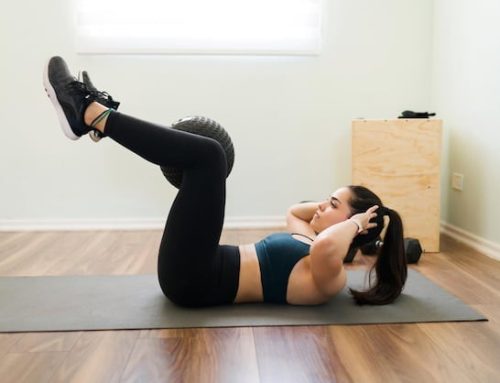What Age Group is Least Physically Active?
As technology advances, our physical activity levels seem to be declining. An inactive lifestyle is a major cause of obesity, which, in turn, is a major risk factor for chronic diseases like diabetes, cancer, and cardiovascular diseases. According to the World Health Organization, physical inactivity is the fourth leading risk factor for global mortality, and it is responsible for 6% of deaths worldwide. While physical inactivity affects people of all ages, some age groups are more susceptible to an inactive lifestyle than others. Here’s a table that outlines recommended physical activity guidelines for different age groups:
| Age Group | Physical Activity Recommendations |
|---|---|
| Infants (0-12 months) | Active floor play, tummy time, reaching and grasping toys, supervised interactive play |
| Toddlers (1-2 years) | At least 180 minutes of total physical activity, including active play and structured activities like walking, running, and climbing |
| Preschoolers (3-5 years) | At least 180 minutes of total physical activity, including active play, games, and age-appropriate activities that develop movement skills |
| Children (6-17 years) | At least 60 minutes or more of moderate to vigorous physical activity every day, including activities that strengthen muscles and bones |
| Adults (18-64 years) | At least 150 minutes of moderate-intensity aerobic activity or 75 minutes of vigorous-intensity aerobic activity per week, along with muscle-strengthening activities on two or more days |
| Older Adults (65+ years) | At least 150 minutes of moderate-intensity aerobic activity or 75 minutes of vigorous-intensity aerobic activity per week, along with balance and muscle-strengthening activities |
It’s important to note that these are general recommendations, and individual needs and abilities may vary. It’s always advisable to consult with a healthcare professional or a qualified exercise specialist for personalized advice based on your specific circumstances and health conditions. Additionally, incorporating a variety of activities, including aerobic exercises, strength training, flexibility exercises, and balance activities, is beneficial for overall health and well-being at any age.
Children and Adolescents
Physical inactivity is a growing concern among children and adolescents. Modern technology has transformed the way children entertain themselves, with many now relying on tablets, smartphones, and video games for entertainment. According to the Centers for Disease Control and Prevention, only 21.6% of children aged 6-19 years old get the recommended 60 minutes of moderate-to-vigorous physical activity daily. Lack of physical activity not only increases their risk of obesity but also affects their mental health and academic performance. It is essential for parents and caregivers to encourage children to engage in physical activities like biking, swimming, and playing outdoor games.
Young Adults
Young adulthood is a busy time, with many people in their 20s and 30s focusing on their careers, social lives, and relationships. Physical activity often takes a backseat during this time, with people feeling too busy or overwhelmed to maintain an exercise routine. According to a study by the American Heart Association, adults aged 18-30 years old have the lowest levels of cardiorespiratory fitness of any age group. The study found that only 27% of men and 19% of women in this age group met the recommended guidelines for physical activity. The lower levels of physical activity among young adults can lead to poor health outcomes in the future, including obesity, heart disease, and diabetes.
Older Adults
Physical activity declines with age, with older adults being the least physically active group. According to the National Institute on Aging, only 28-36% of adults aged 65 and older are physically active. Many factors contribute to this decline in physical activity, including chronic health conditions, disability, and lack of transportation. However, physical activity is crucial for maintaining physical function and preventing age-related chronic diseases. Exercises like walking, yoga, and strength training can improve mobility, balance, and overall quality of life in older adults.
Conclusion
Physical inactivity is a major public health concern, and it affects people of all ages. While all age groups could benefit from being more physically active, some groups are more susceptible to an inactive lifestyle than others. Children and adolescents, young adults, and older adults are the three age groups that are the least physically active. Encouraging physical activity from a young age and promoting a culture of physical activity in the workplace could help increase physical activity levels and improve health outcomes across all age groups.
References
– World Health Organization. Physical Activity. https://www.who.int/news-room/fact-sheets/detail/physical-activity
– Centers for Disease Control and Prevention. Physical Activity Facts. https://www.cdc.gov/healthyschools/physicalactivity/facts.htm
– American Heart Association. Less than 3% of American adults live a healthy lifestyle. https://www.heart.org/en/news/2019/01/17/less-than-3-of-american-adults-live-a-healthy-lifestyle
– National Institute on Aging. Exercise and Physical Activity: Your Everyday Guide from the National Institute on Aging. https://www.nia.nih.gov/health/exercise-physical-activity






